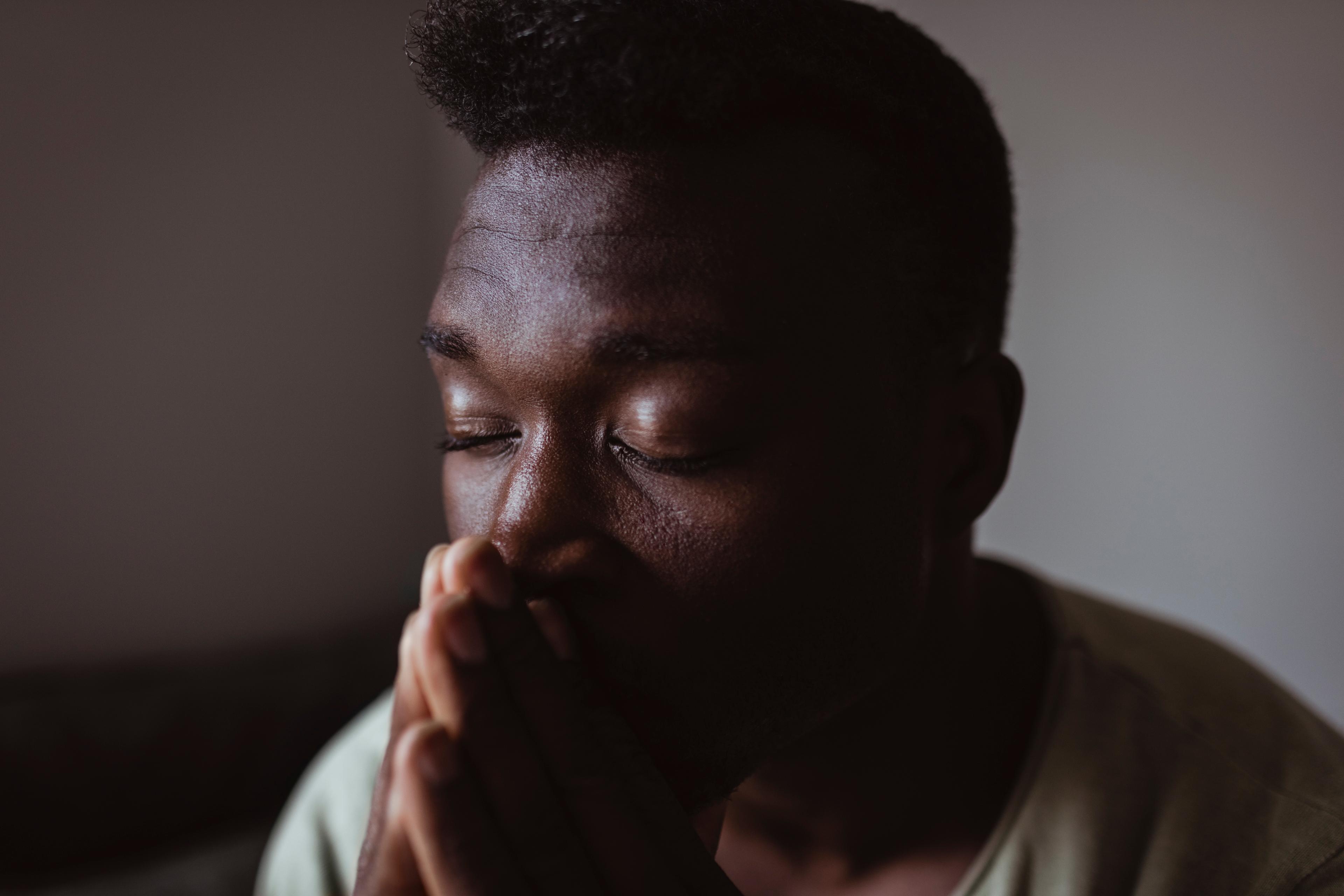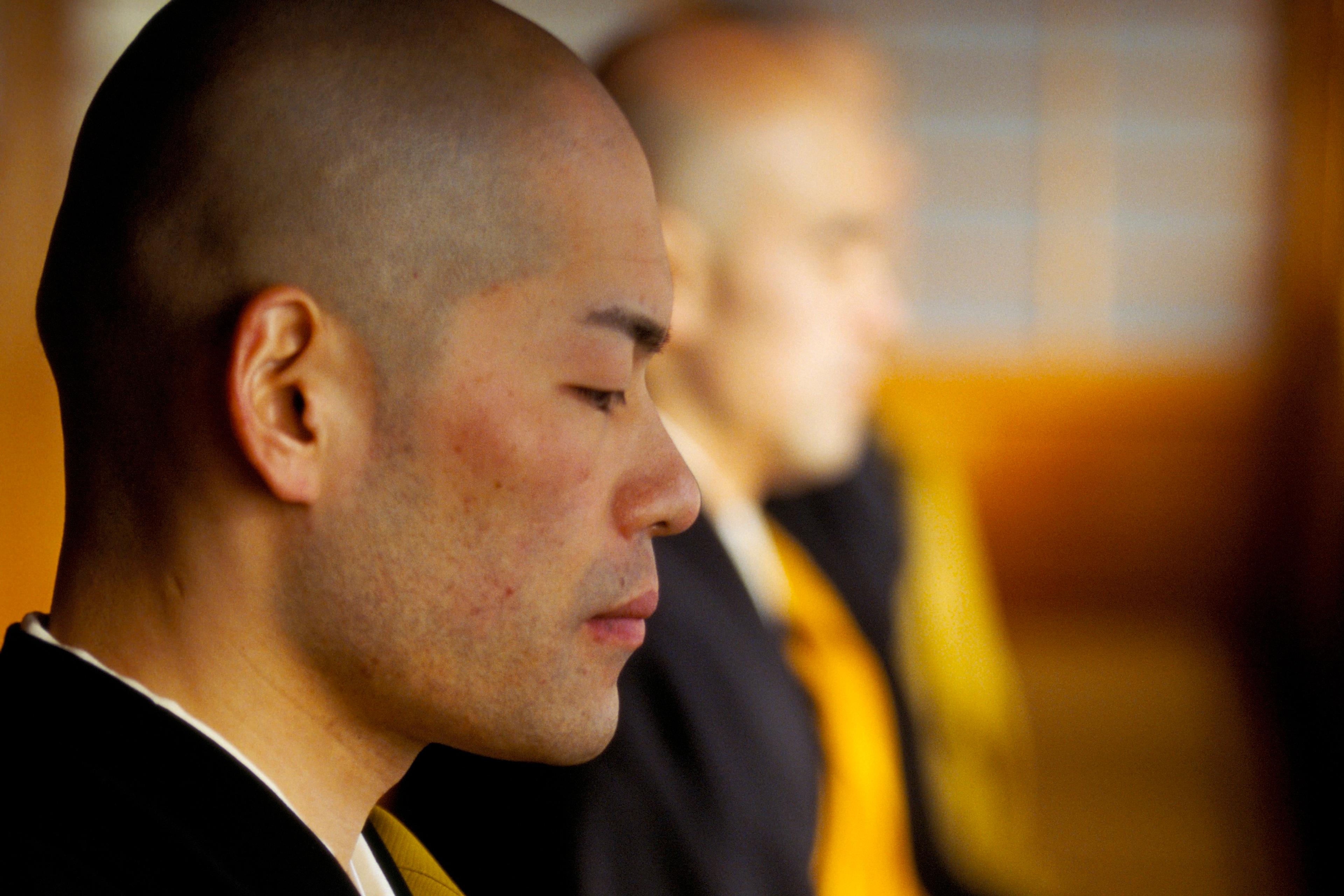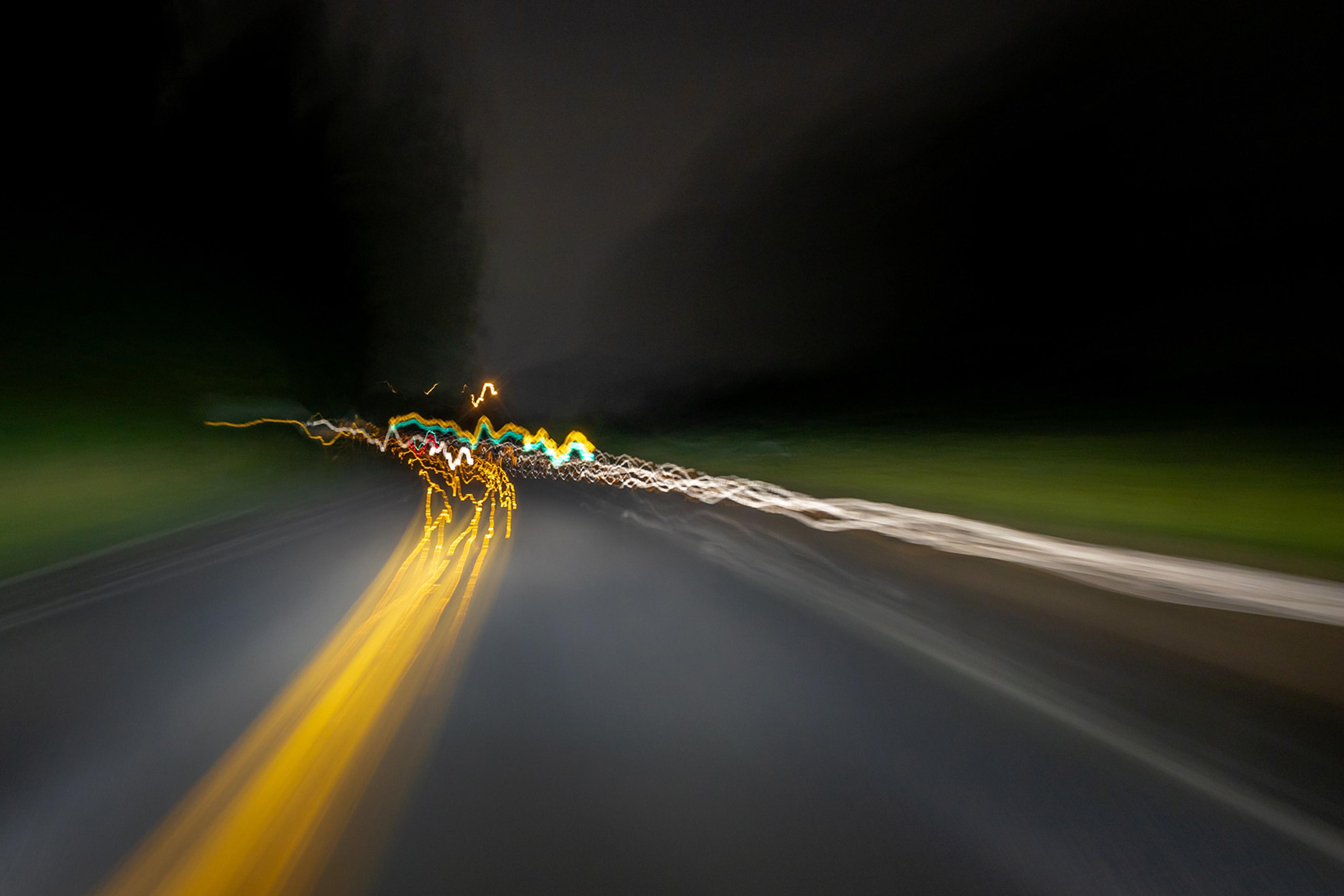There’s a meditative state described in ancient Buddhist scriptures that is hard to imagine because it is not something – but nothing. Referred to as nirodha-samāpatti, it roughly translates as ‘the cessation of thought and feeling’, and it is the highest meditative state possible in Theravada Buddhism, following eight others called jhānas. Each jhāna requires deepening levels of concentration, and a retreat into the mind, away from typical consciousness.
According to David Vago, a psychologist at Vanderbilt University in Nashville and director of the Contemplative Neuroscience and Mind-Body Research Laboratory, nirodha-samāpatti refers to a ‘state of profound concentration or absorption in which all mental activity is temporarily suspended’. It’s said that the state leads to a total absence of sensation and awareness, which would help explain the stories of monks who stayed in this deep trance while fires burned around them.
There are many tales like these from religious texts. Vivid descriptions of dramatic alterations of consciousness that seem to defy our day-to-day experiences of mind and body. However, because the stories come from anecdotes, or ancient sources, it’s hard to know what’s true and what’s mythical. Recently however, psychologists and neuroscientists have begun to look for ways to find out what’s going on in the brain that might lead to such states.
Ruben Laukkonen, who researches the psychology and cognitive neuroscience of insight and meditation at Southern Cross University in Australia, heard about the man who could ‘turn off his consciousness’ through a friend of a friend.
This man was Delson Armstrong, a meditation teacher with extensive training in various forms of the practice, who could reportedly enter nirodha-samāpatti for durations that he determined beforehand. The longest he had ceased to be conscious was six days. (It’s been recommended that meditators don’t stay in nirodha-samāpatti for longer than six days, because it could be harmful to the body.) ‘It’s like a shutting off of functions,’ Armstrong described in a recent interview. ‘The mind just disconnects completely from all perception and tension, and then it’s like you’re sinking into something.’
‘The idea that somebody could choose to deconstruct their mind to such a degree that consciousness would turn off – and for a period of time that they choose – was mind blowing to me,’ Laukkonen says.
For a recent paper in Progress in Brain Research, Laukkonen and his colleagues published the first preliminary data using scientific methods to investigate nirodha-samāpatti, as practised by Armstrong. They used electroencephalography (EEG) to record Armstrong’s surface electrical brain activity during ‘cessation events’.
In the paper, the researchers report measuring many aspects of Armstrong’s physiology, such as his heart rate, breathing, eye movement, temperature and brain activity, and comparing them with the same measures taken during other states, including a nap.
The researchers found some notable brain changes while Armstrong was in a state of nirodha-samāpatti. Specifically, his overall brain synchronisation was reduced. Usually, certain parts of the brain are active at the same time, firing electrically together. ‘One part of the brain has a relationship with the activity of another part of the brain in a way that’s predictable,’ Laukkonen says. These parts of the brain are usually communicating with each other, but the new findings suggest that during nirodha-samāpatti that feature quietens down. Similar brain desynchronisation has been observed when people are given anaesthetic doses of propofol or ketamine, but not during sleep.
If you watched a person in nirodha-samāpatti, they might appear so still and serene that you would worry that they were dead. Although Armstrong’s physiological readings were all reduced during nirodha-samāpatti, his brain didn’t ‘turn off’ and his breathing didn’t stop. This would appear to be consistent with some of the ancient teachings. For instance, according to the Maha Vedalla Sutta: ‘In the case of a monk who has attained the cessation of perception and feeling … his vitality is not exhausted, his heat has not subsided, and his faculties are exceptionally clear.’
Laukkonen and his co-authors offered some theories about how we might understand the neuroscience behind these cessations. It could be that, when brain activity is desynchronised in this way, our brains can’t build a coherent model of the world anymore. The way we experience the world is thought by some scientists to come from predictions we’re making based on experience – called predictive processing. The cessation could represent a breaking down of that process, and a resulting loss in conscious experience.
Many of us have trouble simply meditating, let alone losing consciousness for minutes or days
This is just a hypothesis for now. Laukkonen says their study doesn’t mean that their subject is experiencing exactly what’s described in the ancient texts, or that he and his team have come up with the exact mechanism for how it works. ‘The goal is not to validate the existence of the state,’ Laukkonen says, but to show that there is an unusual subjective experience unfolding, and some associated brain activity that might reflect how it is happening. And if nirodha-samāpatti does have the benefits that are reported by many meditators (upon awakening, Buddhists report undergoing a profound reset, and describe a sense of clarity and relief, ease and peace), Laukkonen says it makes it even more worthwhile to understand how exactly those feelings of relief and insight come to be.
Nirodha-samāpatti represents the far outreaches of what’s possible with a mind. Many of us have trouble simply meditating, let alone losing consciousness for minutes or days. Laukkonen likened it to studying a professional athlete in order to understand the physical potential of the body. ‘If we want to understand the plasticity of the mind, what the mind is capable of, what are the sorts of bounds of conscious experience – then you want to study experts who do this,’ he says.
There are other mysterious states that could open similar windows into what’s possible, such as Tukdam – a term used in the Tibetan Buddhist tradition that describes a meditative state that some people enter at the time of death. People are said to remain sitting upright, without any signs of bodily decomposition for days or even weeks. Scientifically, it is not entirely clear how that is possible, or if it is at all.
‘Researchers are interested in studying this phenomenon as it could provide unique insights into the process of dying, as well as the potential effects of meditation on the mind and body,’ Vago says. ‘In a broader sense, investigating such phenomena might provide insights into the nature of consciousness itself.’
Still, science can’t explain everything about such experiences. ‘That would be as misguided as saying that, just because we can study the brain of Yo-Yo Ma when he’s playing the cello, that tells us everything there is to know about what it is to play the cello,’ says Evan Thompson, a professor of philosophy at the University of British Columbia, who wasn’t involved in the research with Armstrong. ‘It doesn’t tell us anything in particular about Bach, or about the history of music, or about Lutheran Christianity, you know, all the things you need to know about to really understand Bach.’
Scientific measures can help interrogate these states, but ‘it always requires interpretation’, Thompson says. ‘These experiences and practices belong to communities and cultural traditions of human practice.’
Laukkonen himself has experienced nirodha. He describes it as a gap in his conscious experience. Afterwards, ‘everything was brand new. Quite literally all my problems disappeared (for a while). My subjective reality was never the same. It was like waking from the longest sleep of your life after just milliseconds of absence.’








